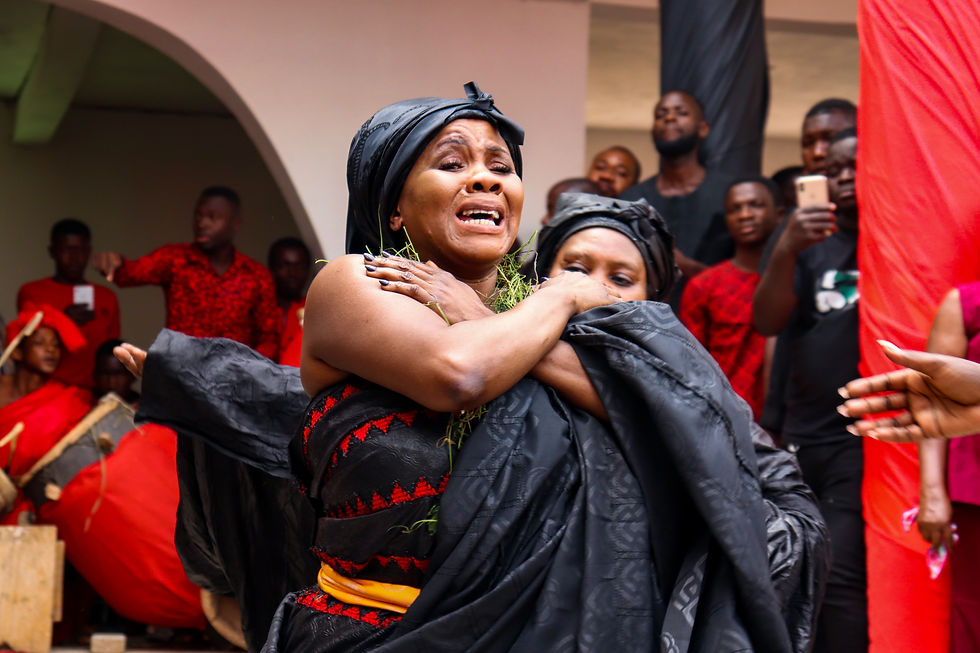Manuela: London, England
- Gary Standley
- Jun 2, 2021
- 3 min read
Hi, my name is Manuela. I am a 22-year-old photojournalist and writer based in London.

I fell into photojournalism quite organically. At the age of fifteen, I decided to take a six-week photography program in my secondary school. From the jump, I loved the way the camera felt on my hands. It was the first time I had the space to notice and capture the beautiful things around me. The magic happened when I started combining photography with stories.


Coming from a diverse background, I have always identified myself with my childhood in Italy, my experiences in Ireland, the stories of my parents in Ghana as well as this new life I am building in the UK. The camera gave a way for me to record such stories as well as telling the stories of others. This was highly reflected in the project Identity and the Diaspora. Here, I explored the identities of people coming from diverse backgrounds and how they found their sense of belonging. I gained an incredible amount of insights which drove me to create even more content.

Travelling produced space for me to retell the stores of others. The project that stands out for me is the work I got up to in Ghana, my motherland. I travelled to the Eastern region of the country to document the traditional royal funeral of the late King Daasabre Awuah Kotoko II. I was emotionally connected to the location given that my parents had grown up in that same town. I had been aware of the culture of funerals in the Ghanaian culture, yet I had never experienced it. Red and black are often worn during such occasions: black symbolising mourning and red, anger.


What caught my eyes at first glance were the traditional dances and drumbeats. During traditional dances, hands movements and gestures are incorporated to call ancestors, tell a story and reflect emotions. The drumming of beats also forms a way to bring communities together. Different rhythms played on the drums belong to different dances and communicate different messages. They act as a way to communicate with the listeners, ancestors and other members of the spiritual world.

Learning about the Abrafo truly fascinated me. Historically, the Abrafo performed sacrifices on behalf of a late King. It is believed that the spirits of the sacrificed would enter the afterlife to serve the King. Today such beliefs are no longer tolerated. During the funeral, the Abrafo kept the order and acted as an attraction for people who wanted to take pictures with them. I am very grateful to have had the opportunity to document and experience this event.


During the pandemic, I decided to explore freelance journalism and use my creativity to write articles for various publications. So far, I have been published in Black Ballad where I wrote about how black women were dealing with body hair during lockdown. I enjoyed the research process as well as interviewing the incredible women who opened up to share their experiences.
I have also written for Writeous where I discussed the issues that the dermatology industry has been facing in treating dark skin with acne, as well as featuring my report on the #ENDSARS protest in The Real Talk Blog. Writing, creating content and journalism is something that I want to pursue further in the future. I am hoping to start my NCTJ diploma next autumn and pursue a journalism career.















Comments